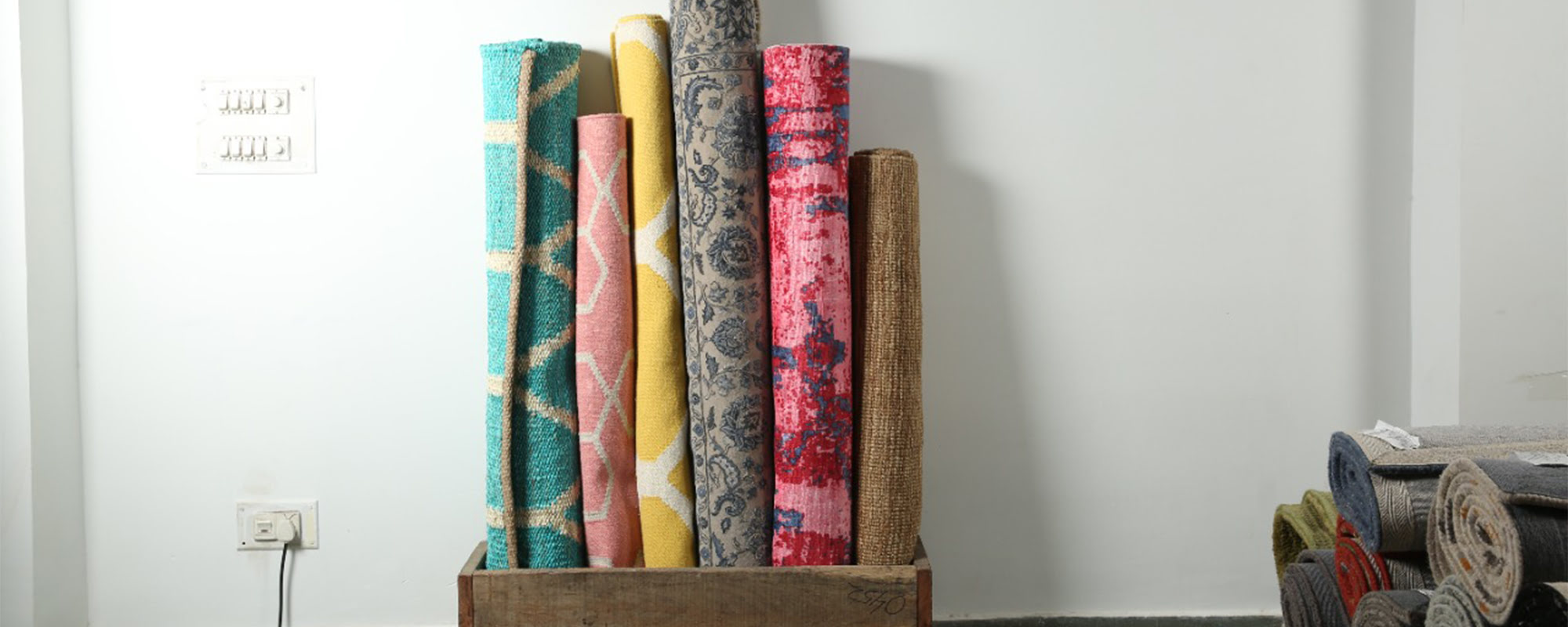

Articles
How To Store Rugs
Modified: January 18, 2024
Learn the best techniques for storing rugs with our informative articles. Keep your rugs clean and protected with proper storage methods.
(Many of the links in this article redirect to a specific reviewed product. Your purchase of these products through affiliate links helps to generate commission for Storables.com, at no extra cost. Learn more)
Introduction
Proper rug storage is essential to keep your rugs in good condition and ensure their longevity. Whether you need to store rugs for a short period or a long-term basis, following the right techniques will prevent damage, such as mold, mildew, moth infestations, and fading. In this article, we will guide you through the steps to store your rugs effectively, so you can keep them in pristine condition until you’re ready to use them again.
Rugs can be made from various materials, such as wool, silk, cotton, or synthetic fibers. Each material requires special care to maintain its quality. Before storing your rug, it is crucial to clean it thoroughly to remove any dirt, dust, or stains. This will prevent dirt particles from grinding against the fibers during storage, causing irreversible damage.
In the following sections, we will outline the step-by-step process of storing your rugs to ensure their preservation. From cleaning the rug to proper wrapping and storage techniques, we will cover everything you need to know to protect your valuable rugs. Let’s get started!
Key Takeaways:
- Proper rug storage involves thorough cleaning, rolling instead of folding, wrapping in acid-free paper, choosing a suitable storage location, and regular check-ups to maintain rug quality and longevity.
- By following the steps outlined, you can confidently store your rugs and ensure they remain in excellent condition, preserving their beauty and protecting your investment for years to come.
Read more: How To Store A Rug
Step 1: Clean the Rug
The first step in preparing your rug for storage is to thoroughly clean it. This is crucial to remove any dirt, dust, or stains that may have accumulated over time. Dirt particles left on the rug can become embedded in the fibers during storage, leading to permanent damage. Cleaning your rug will also help prevent any stains from setting in and becoming more difficult to remove later.
The cleaning method you choose will depend on the type of rug you have. For rugs made of natural fibers such as wool or silk, it is best to have them professionally cleaned. Professional rug cleaners have the knowledge and expertise to handle delicate rugs and ensure that they are cleaned properly without causing any damage.
If you have a machine-washable rug, you can clean it yourself following the manufacturer’s instructions. Be sure to use a gentle detergent and avoid using bleach or harsh chemicals that can damage the fibers. Always test a small, inconspicuous area of the rug first to ensure that the cleaning solution does not cause any discoloration or damage.
For small rugs or rugs with sturdy construction, you can also clean them by vacuuming. Start by using a brush attachment to loosen any dirt or dust from the rug’s surface. Then, switch to the crevice tool to clean along the edges and corners. Be gentle when vacuuming to avoid pulling on the fibers, especially if the rug has a delicate pile.
Once the rug is clean, allow it to dry completely before proceeding to the next step. It is essential to ensure that the rug is fully dry to prevent mold or mildew from forming during storage. Hang the rug, if possible, in a well-ventilated area or use fans to speed up the drying process.
Cleaning your rug before storage not only helps maintain its appearance but also eliminates any potential attractants for pests. By removing food particles or stains, you can reduce the risk of moth or beetle infestations.
Now that your rug is clean and dry, you can move on to the next step: rolling it up for storage.
Step 2: Roll the Rug
After cleaning and drying your rug, the next step is to roll it up properly. Rolling the rug rather than folding it will prevent creases or permanent damage to the fibers. The goal is to maintain the rug’s shape and integrity while minimizing any stress on the material.
To roll the rug, follow these steps:
- Start by finding a clean and spacious area where you can lay the rug flat.
- Fold the rug in half lengthwise, with the bottom edge meeting the top edge. This will make it easier to roll without any loose ends.
- Starting from one end, carefully roll the rug tightly towards the other end. Keep the roll as straight and even as possible.
- As you roll, ensure that the rug remains flat and there are no wrinkles or bulges. If you notice any, adjust the roll accordingly.
- Once you have rolled the entire rug, you can secure it with a piece of cotton twine or a rug strap. Avoid using any materials that could potentially damage the rug, such as rubber bands or plastic cords. Tie the ends of the twine or strap securely, but not too tight to avoid compressing the rug.
Rolling the rug instead of folding it is essential because folding can cause creases that are difficult to remove once the rug is unrolled. Creases can weaken the fibers and lead to permanent damage or distortion. By rolling the rug, you ensure that it maintains its shape and structure throughout the storage period.
It’s important to note that larger or thicker rugs may require additional assistance when rolling. Enlist the help of a friend or family member to ensure that the rug is rolled tightly and evenly. If the rug is too heavy or cumbersome to handle, consider using a rug rolling machine, which can be found at some storage or cleaning facilities.
Now that your rug is rolled, it’s time to move on to the next step: wrapping it in acid-free paper to protect it from moisture and dust.
Step 3: Wrap the Rug in Acid-Free Paper
Wrapping your rolled rug in acid-free paper is an essential step in protecting it from moisture, dust, and potential damage caused by chemical reactions. Acid-free paper is made from neutral pH materials, ensuring that it won’t discolor or degrade your rug over time.
Here’s how you can wrap your rug in acid-free paper:
- Start by unrolling a sufficient amount of acid-free paper on a clean and flat surface.
- Gently place your rolled rug in the center of the paper, making sure it is positioned evenly.
- Wrap the rug tightly and securely in the acid-free paper, starting from one end and working your way to the other end.
- Overlap the edges of the paper to ensure full coverage and protection.
- Tape the edges or secure them with acid-free tape to hold the wrapping in place.
It’s important to note that using plastic or regular wrapping materials can trap moisture and create a breeding ground for mold or mildew. Acid-free paper allows airflow and protects the rug without causing any damage to the fibers.
Additionally, avoid using newspaper or colored paper, as the ink can transfer onto the rug and cause staining. Acid-free paper is specifically designed for storing delicate items and will provide optimal protection for your rug during its time in storage.
Once the rug is wrapped in acid-free paper, it’s time to move on to the next step: finding a suitable storage location.
Roll rugs instead of folding them to prevent creases and damage to the fibers. Store them in a cool, dry place away from direct sunlight to avoid fading and mildew.
Step 4: Store the Rug in a Cool, Dry Place
Choosing the right storage location for your rug is crucial to its preservation. It’s essential to find a cool, dry place that is free from moisture, extreme temperatures, and direct sunlight. These environmental factors can cause damage to the rug, such as fading, discoloration, or mold growth.
Consider the following tips when selecting a storage location for your rug:
- Avoid basements or areas prone to dampness. Basements are generally more susceptible to moisture buildup, which can result in mold and mildew growth. Moisture can also cause the rug fibers to become weak and brittle.
- Choose an area away from direct sunlight. Prolonged exposure to sunlight can cause fading and discoloration of the rug’s fibers. If you have no choice but to store the rug in a sunlit room, consider using UV-blocking window coverings or curtains to protect it.
- Ensure proper ventilation. Good airflow helps prevent the buildup of moisture and allows the rug to breathe, reducing the risk of mold or mildew formation. Avoid storing the rug in airtight containers or bags.
- Keep the rug away from HVAC vents. Direct exposure to heating or cooling vents can lead to rapid changes in temperature and humidity, which could potentially damage the rug.
It’s also worth mentioning that rugs should not be stored on a concrete floor directly. Concrete tends to retain moisture, and placing the rug directly on it can encourage mold growth. Instead, use pallets, wooden boards, or carpet underlay to provide a barrier between the rug and the floor.
When storing your rug, make sure it is not compressed or pressed against any heavy objects. This can cause indentations or deformations in the rug’s pile. Optimum storage is achieved by placing the rug in a position where it can maintain its natural shape and structure.
Now that your rug is securely wrapped and you’ve found a suitable storage location, let’s move on to the final step: checking on the rug periodically.
Read more: How To Store An Oriental Rug
Step 5: Check on the Rug Periodically
Even though your rug is safely stored, it’s important to check on it periodically to ensure that it remains in good condition. Regular inspection allows you to identify any issues or potential problems early on, preventing further damage or deterioration.
Here are a few key points to consider during your rug check-ups:
- Schedule regular inspections: Set a reminder to check on your rug every few months, depending on the length of storage. This way, you can catch any problems before they escalate.
- Look for signs of pests: Inspect the rug for any signs of pests, such as moths, beetles, or their larvae. These may appear as small holes, droppings, or web-like structures. If you notice any signs of infestation, take immediate action to address the issue.
- Check for moisture or mold: Look for any signs of moisture buildup or mold growth. Check the rug’s surface, edges, and corners. If you notice any dampness or mold, it may indicate that the storage area is not adequately ventilated, and you may need to relocate the rug to a drier space.
- Inspect for discoloration or fading: Check the rug for any signs of discoloration or fading. Sunlight exposure or environmental factors may cause color changes over time. If you notice any significant changes, it’s best to consult a professional rug cleaner to evaluate the situation.
- Re-wrap if necessary: If the acid-free paper or protective covering around the rug shows signs of damage, consider re-wrapping the rug to ensure continued protection.
By conducting regular inspections, you can address any potential issues promptly and take appropriate measures to protect your rug. These check-ups are also an excellent opportunity to give your rug some fresh air by airing it out in a well-ventilated room for a short period.
Remember, prevention is key when it comes to rug storage. By staying vigilant and addressing any problems early on, you can help prolong the lifespan of your rug and keep it in optimal condition.
With the completion of this final step, you have successfully learned how to store your rugs effectively. Following these steps will ensure the protection and preservation of your rugs during their time in storage.
By keeping your rugs clean, rolling them properly, wrapping them in acid-free paper, choosing the right storage location, and conducting regular check-ups, you can enjoy your rugs for years to come, knowing that they are stored safely and maintained in excellent condition.
Now you can confidently store your rugs and retrieve them whenever you’re ready to add a touch of elegance and warmth to your space.
Conclusion
Properly storing your rugs is essential for their preservation and longevity. By following the steps outlined in this article, you can ensure that your rugs are protected from damage caused by dirt, moisture, pests, and environmental factors.
Remember to clean your rugs thoroughly before storing them, removing any dirt, dust, or stains that may have accumulated. Rolling the rugs instead of folding them is crucial to avoid creases and irreversible damage to the fibers.
Wrapping the rugs in acid-free paper provides an additional layer of protection, preventing moisture buildup and dust accumulation. Choosing the right storage location is equally important, as it should be cool, dry, well-ventilated, and away from direct sunlight.
Periodically checking on your stored rugs allows you to address any issues or concerns promptly. By inspecting for pests, moisture, discoloration, and overall condition, you can take the necessary steps to maintain the rugs’ integrity.
In conclusion, by following these steps, you can confidently store your rugs and ensure they remain in excellent condition until you’re ready to use them again. Taking proper care of your rugs will not only preserve their beauty but also protect your investment in these valuable pieces.
Remember, a little effort in proper rug storage goes a long way in maintaining their quality and allowing you to enjoy them for many years to come. So, take the time to properly clean, roll, wrap, store, and periodically check on your rugs – your future self will thank you!
Frequently Asked Questions about How To Store Rugs
Was this page helpful?
At Storables.com, we guarantee accurate and reliable information. Our content, validated by Expert Board Contributors, is crafted following stringent Editorial Policies. We're committed to providing you with well-researched, expert-backed insights for all your informational needs.
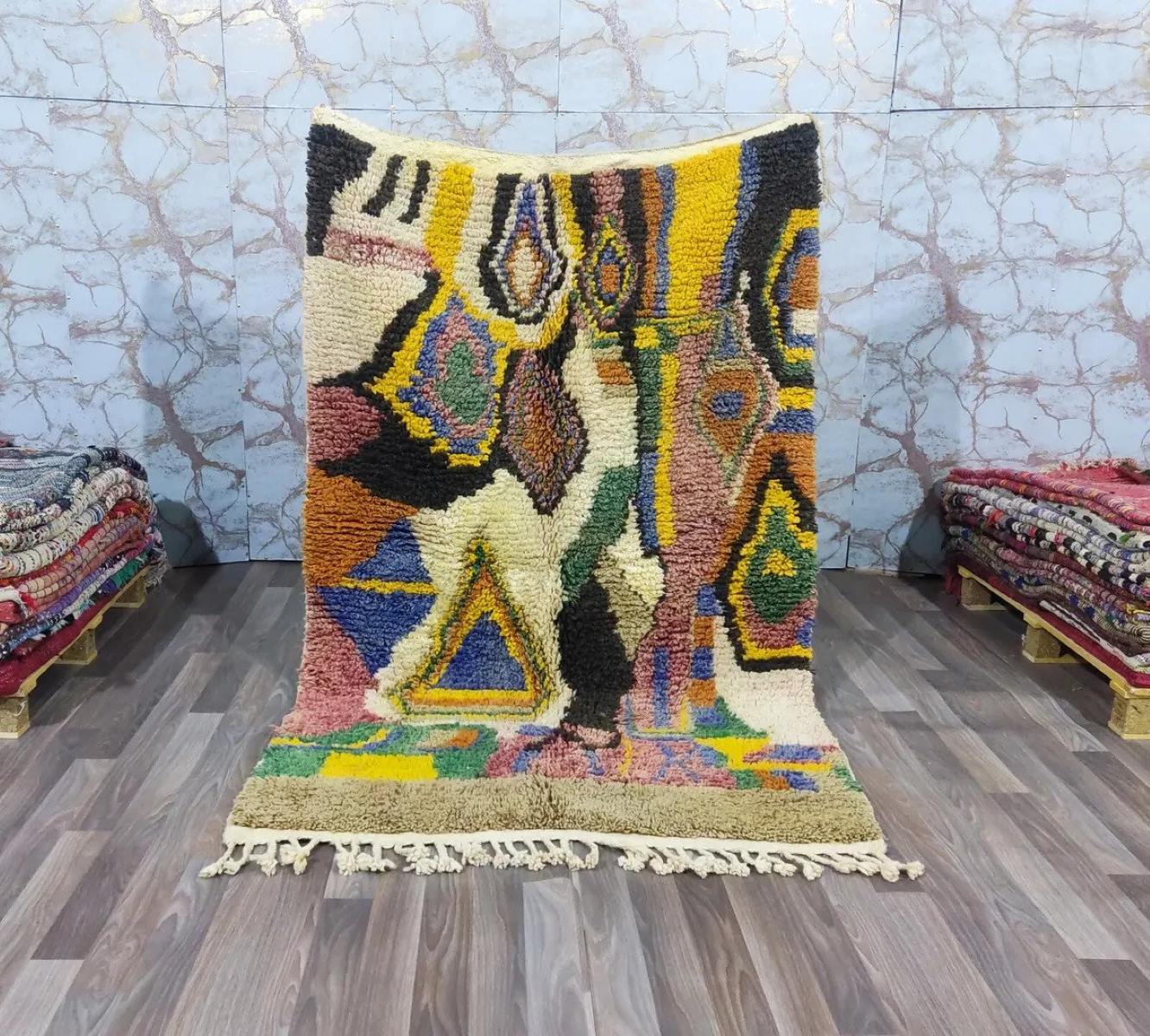
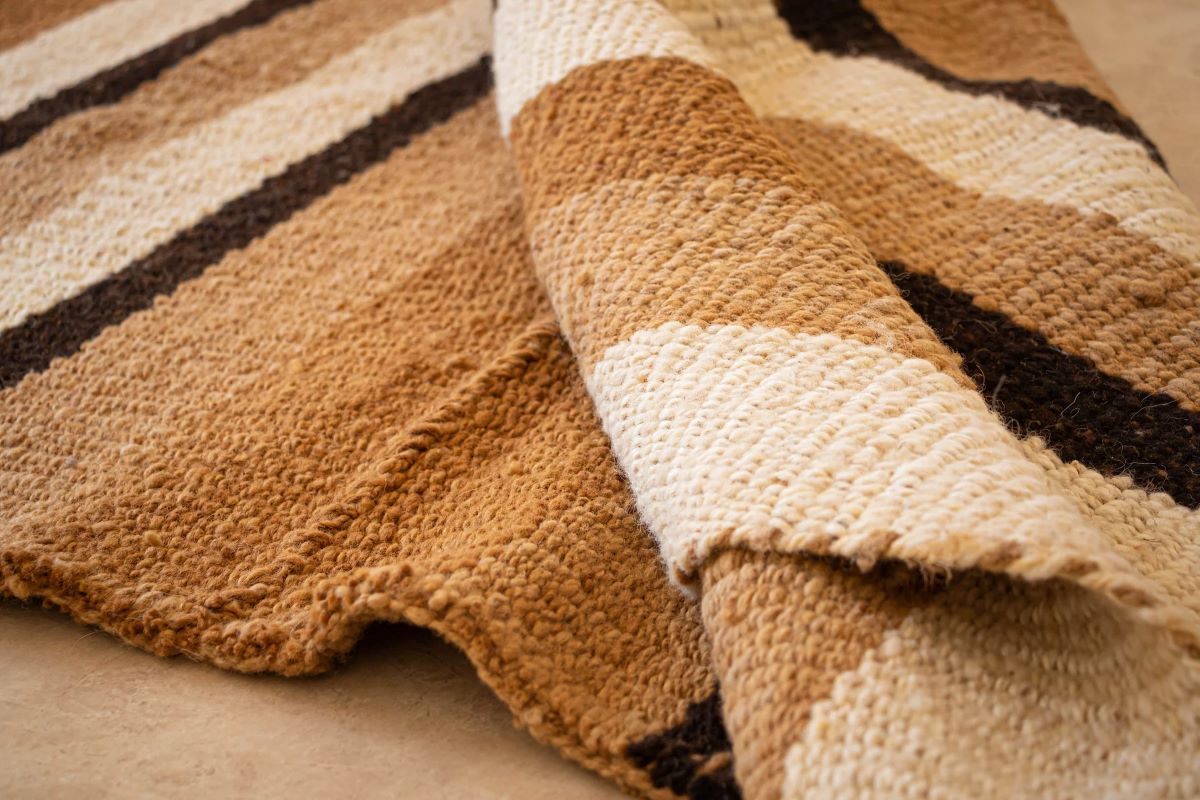
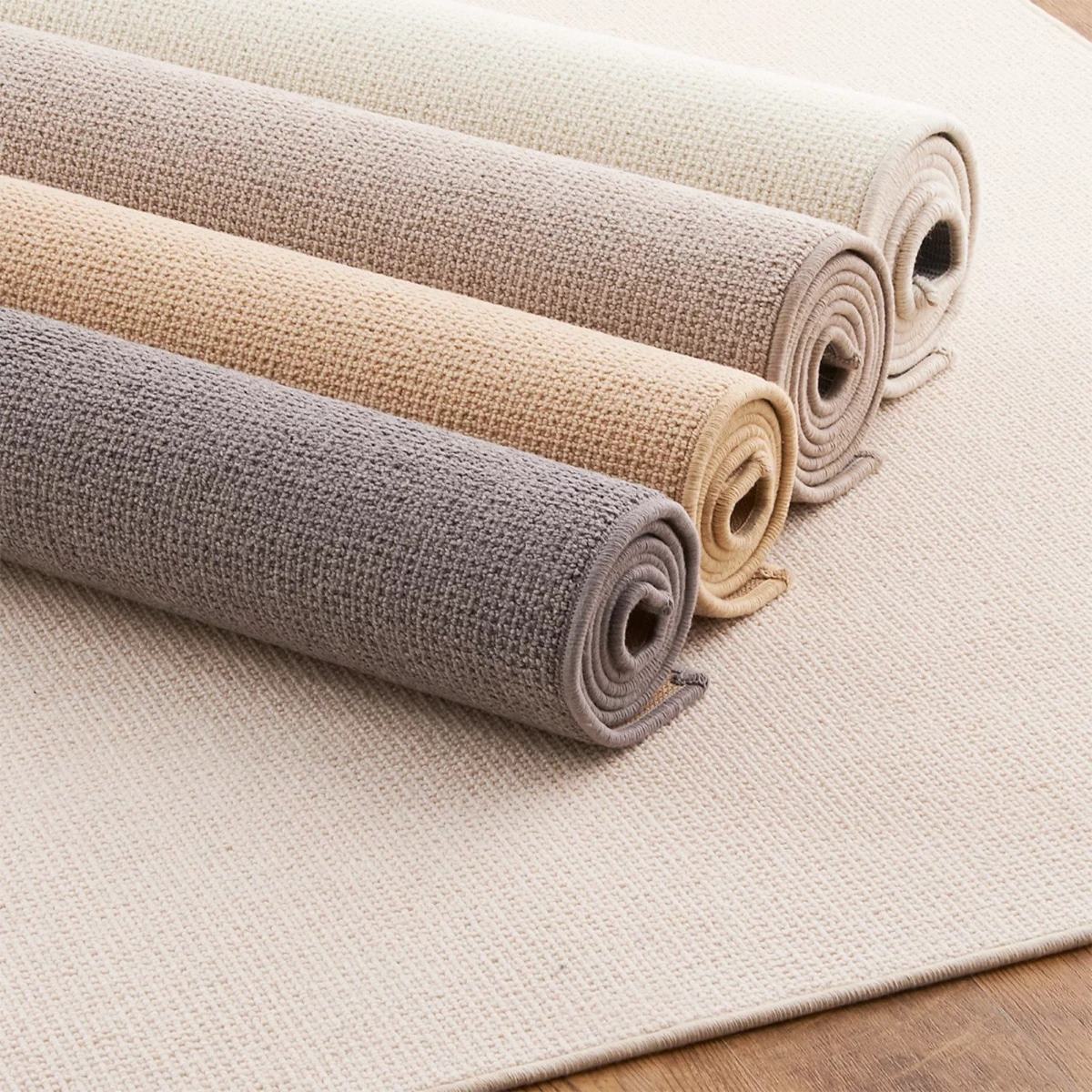


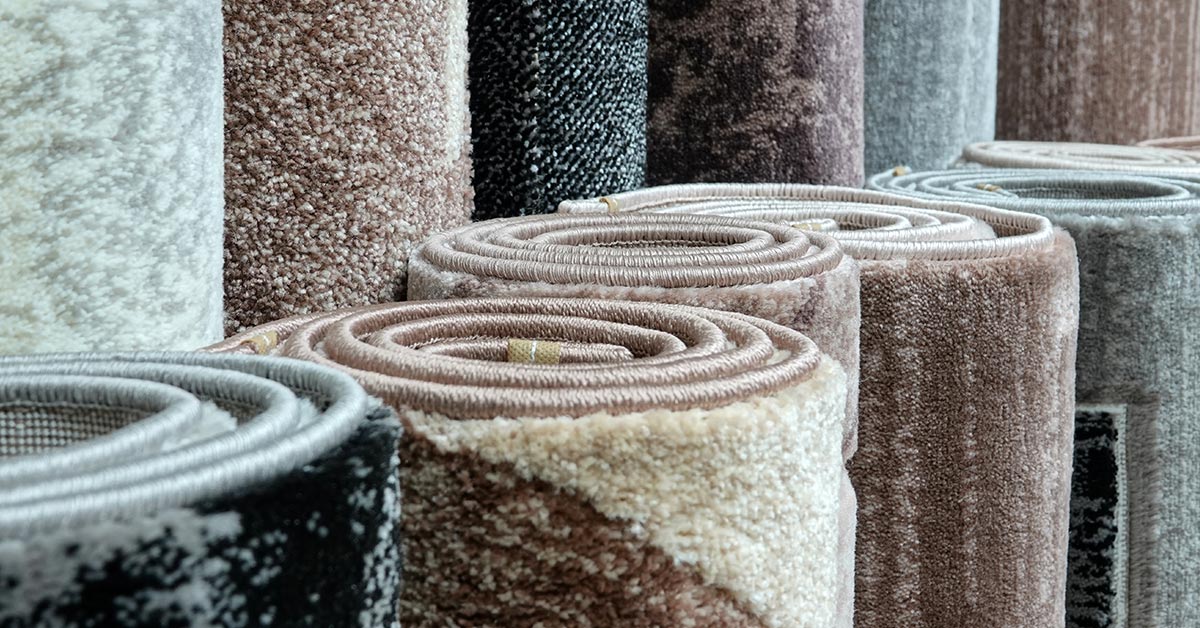
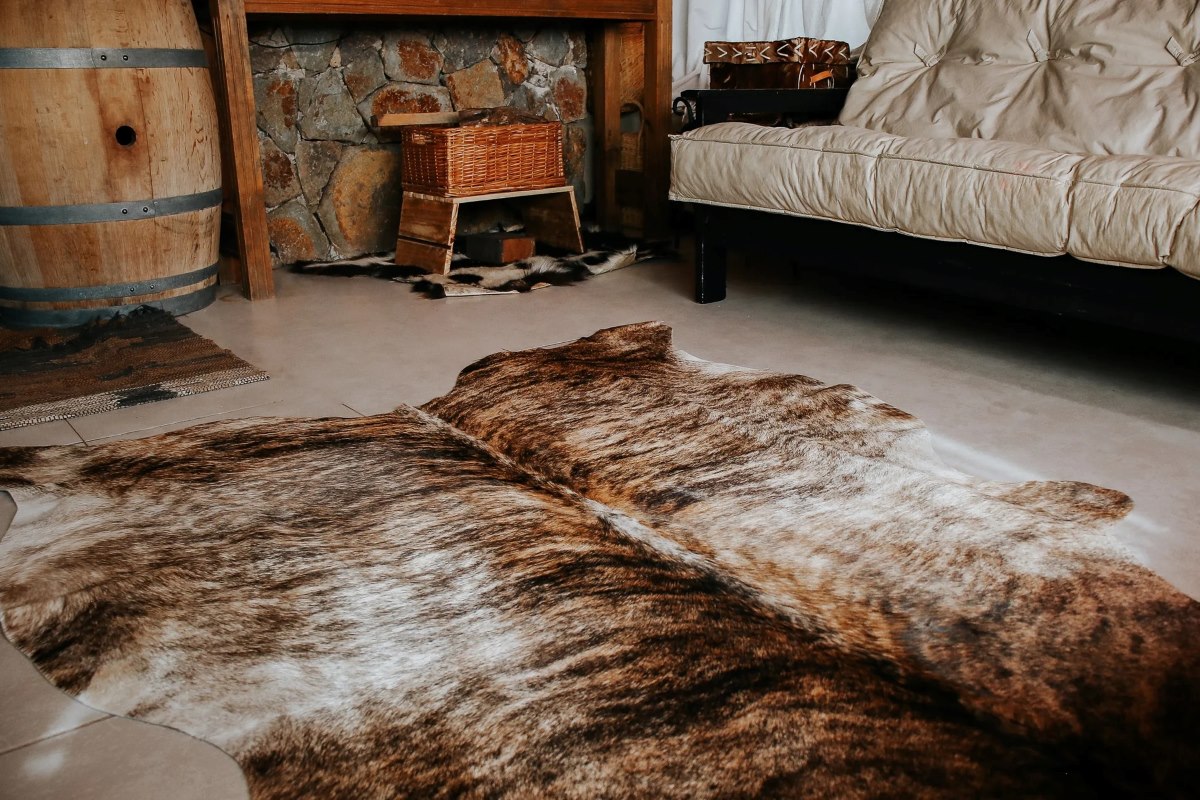
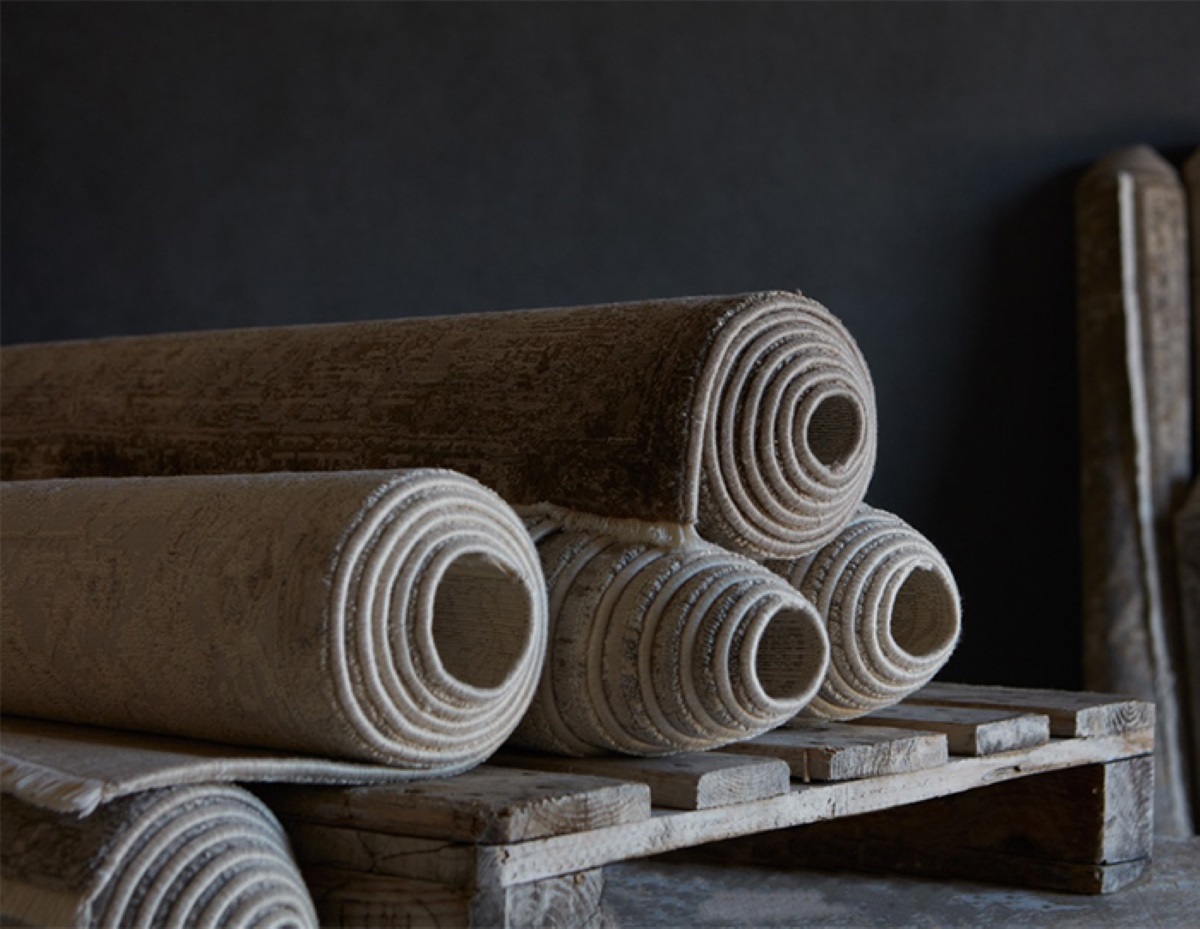

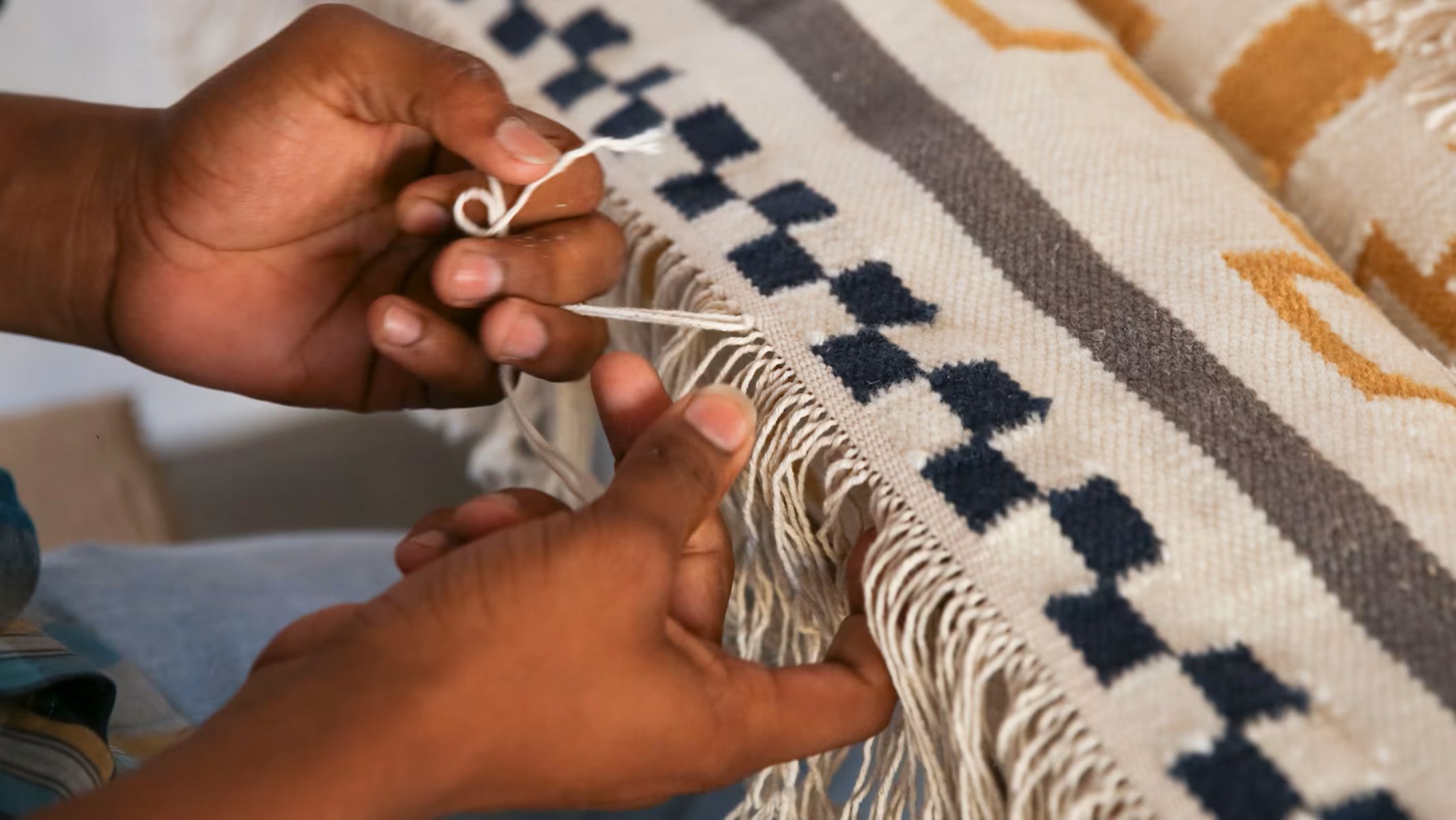
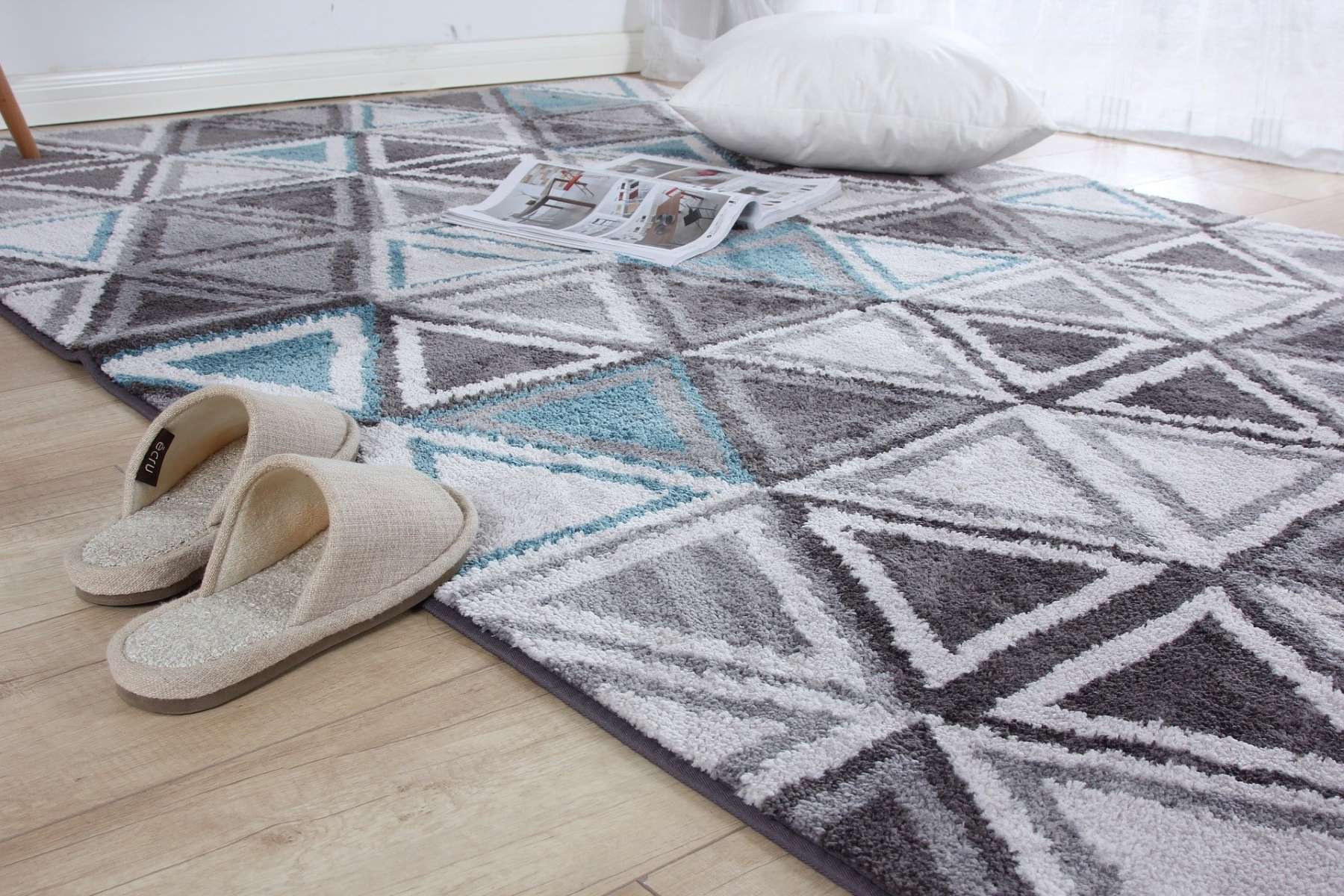

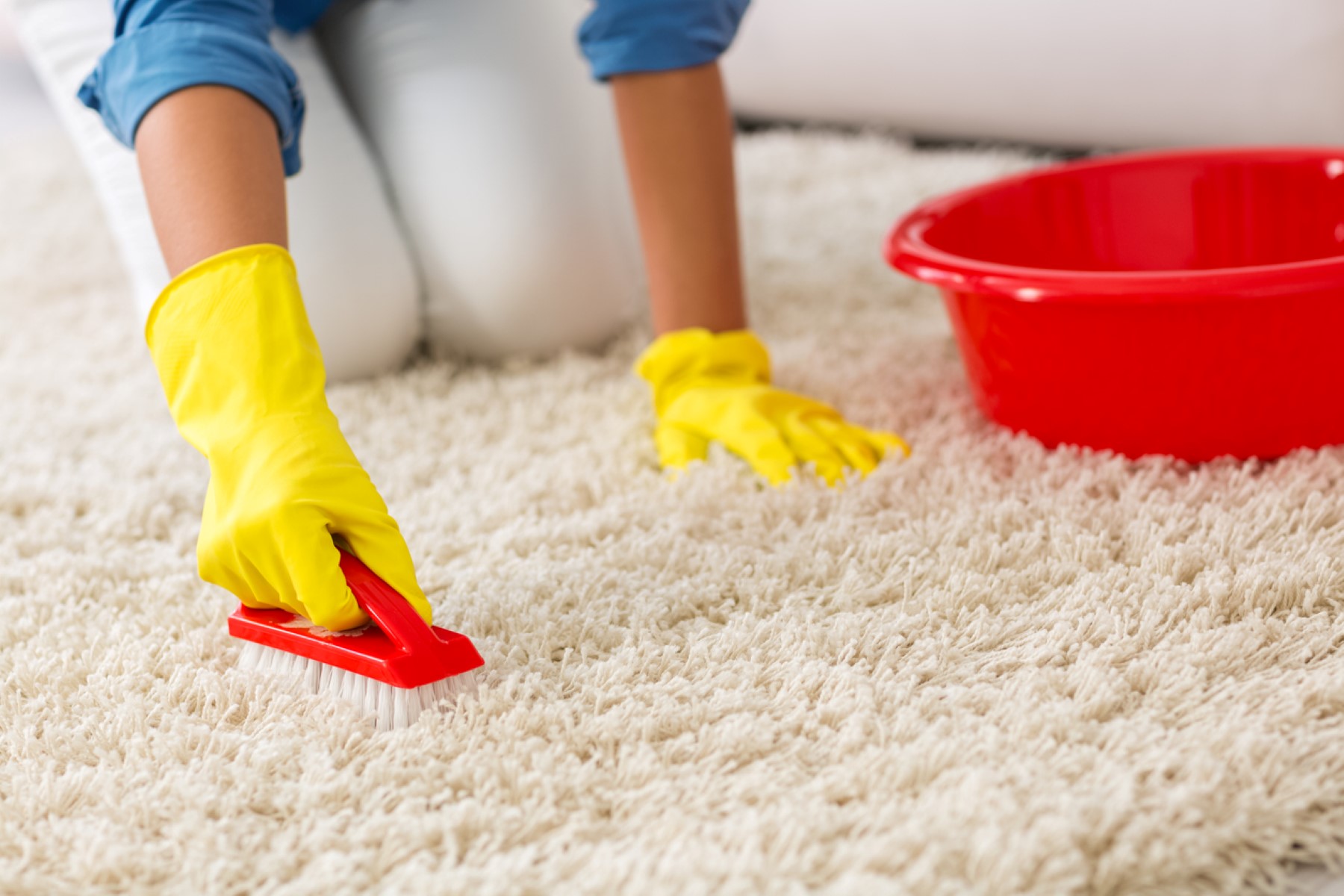
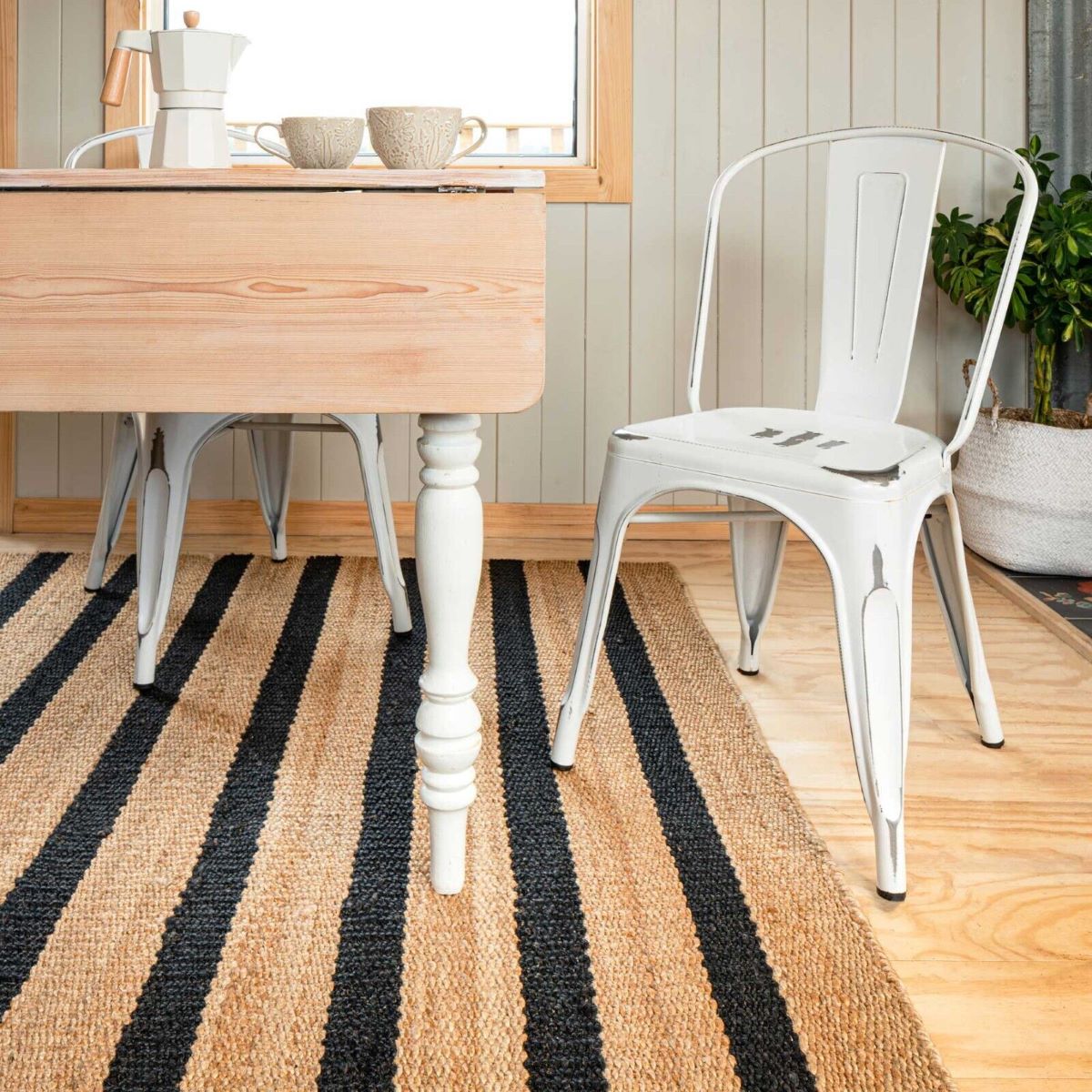

0 thoughts on “How To Store Rugs”